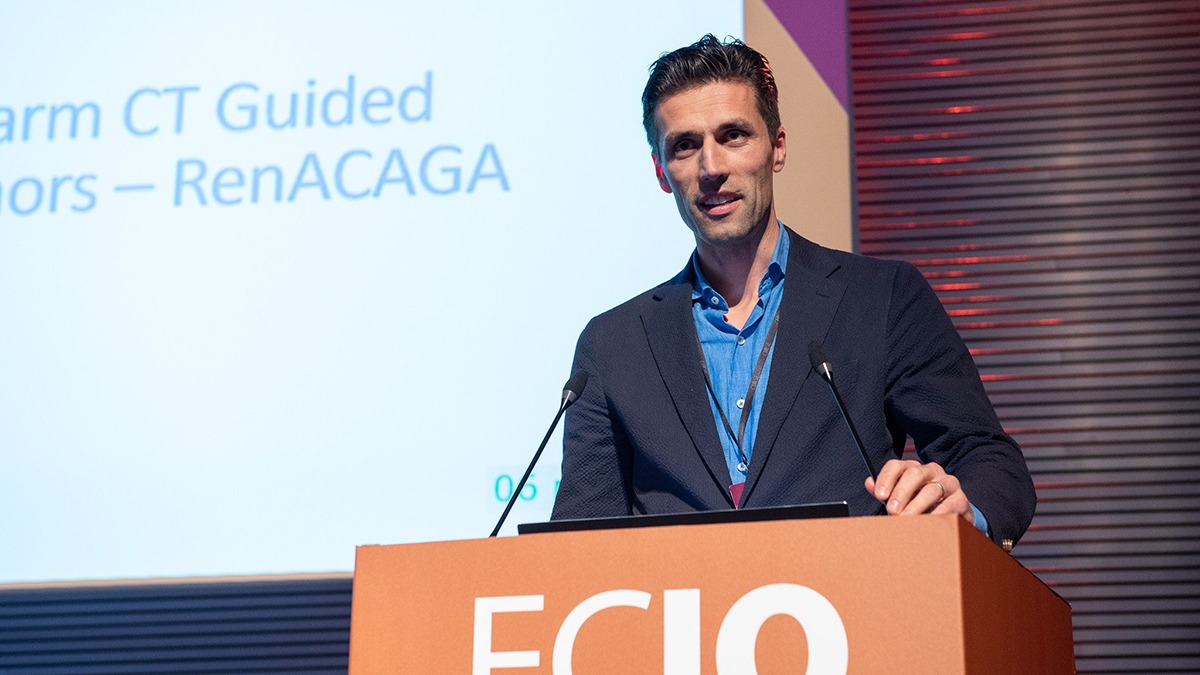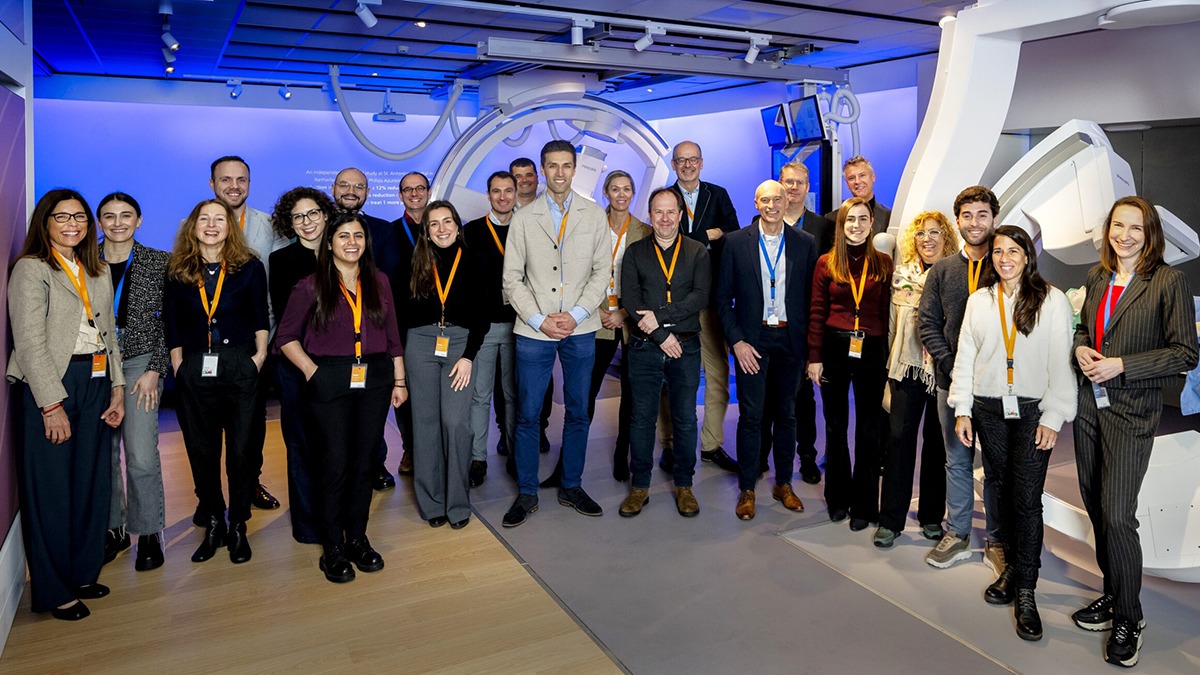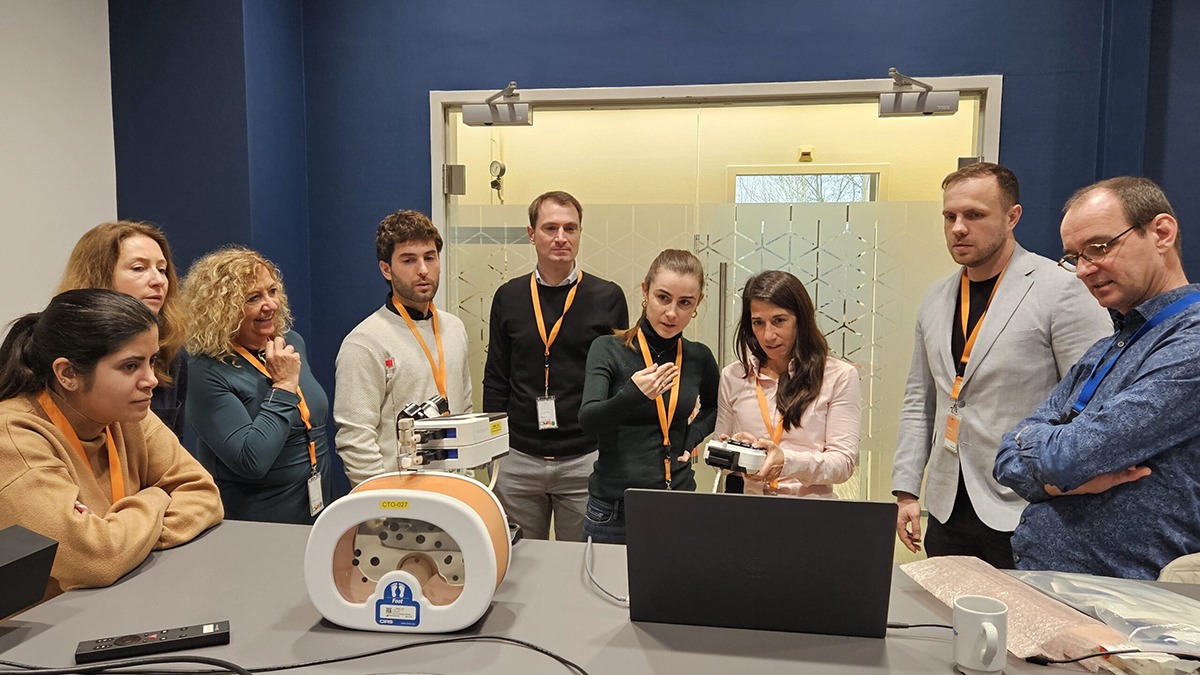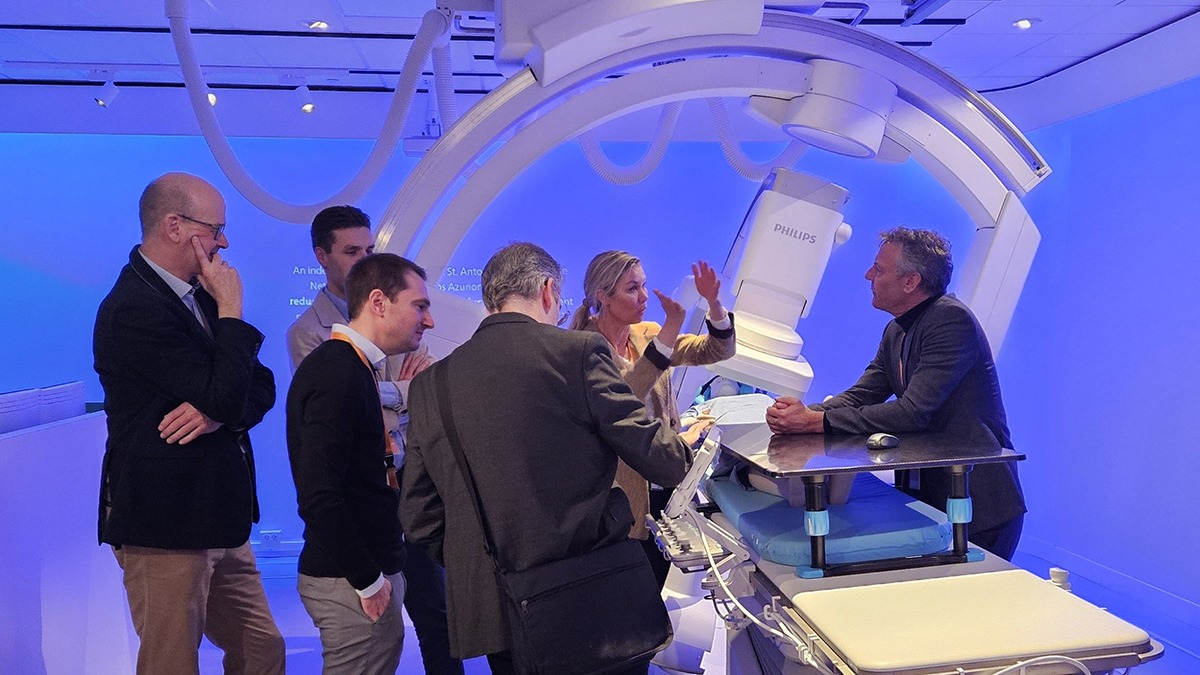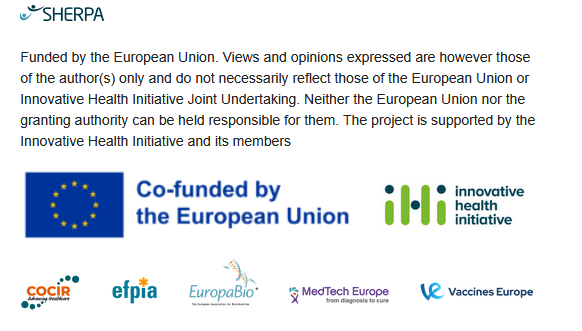July 15, 2025
In January 2025, the Smart Human-centred Effortless support for Professional clinical Applications (SHERPA) project kicked off with a two-day meeting at the Philips Innovation Center in Best, Netherlands. SHERPA was awarded a €13.6 million grant by the Innovative Health Initiative and is set to innovate minimally invasive treatments in neurology and oncology. CIRSE is a partner in this important project as a task leader for education and training activities, and a junior partner in the dissemination, communication, and exploitation work package. SHERPA aims to support interventional radiologists by providing AI-powered assistive technologies as a seamless and trusted companion across workflows in neurology and oncology. Work package three will focus on “Intelligent Workflow Assistance for Oncological Interventions”, aiming to provide clinical evidence for the benefits of CBCT-guided ablations compared to standard care.
We spoke to one of CIRSE’s key opinion leaders in this project, Dr. Maarten Smits, about his expectations for this initiative, and about which aspects he is particularly excited about. Dr. Smits is an interventional radiologist and Program Director of Interventional Radiology at UMC Utrecht.

